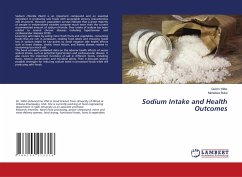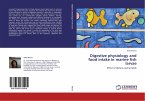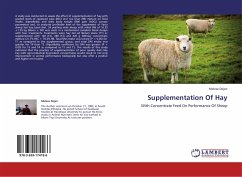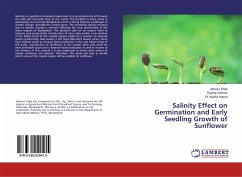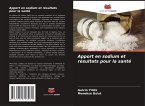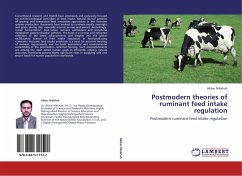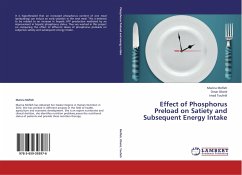Sodium chloride (NaCl) is an important compound and an essential ingredient in producing safe foods with acceptable sensory characteristics and structures. However, population surveys indicate that a great majority of people in industrialized societies consume much more than the current recommended amount of sodium chloride. Over intake of sodium has been related to several chronic diseases including hypertension and cardiovascular diseases (CVD). Lowering salt intake by eating more fresh fruits and vegetables, consuming foods that are rich in potassium, reading food labels and choosing foods low in sodium might be key points to avoid negative side health effects such as heart disease, stroke, heart failure, and kidney disease related to consuming too much salt. This book considers published data on the adverse health effects of excess sodium intake, such as potential hypertension and cardiovascular disease. It also covers the important functions of salt in different foods, including flavor, texture, preservation and microbial safety. Then it discusses several possible strategies for reducing sodium levels in processed foods while still producing safe foods.
Bitte wählen Sie Ihr Anliegen aus.
Rechnungen
Retourenschein anfordern
Bestellstatus
Storno

